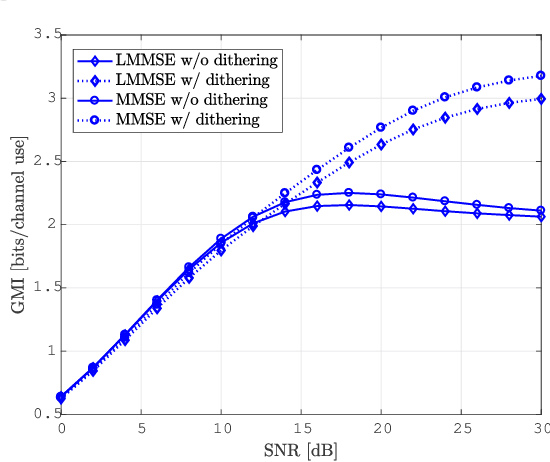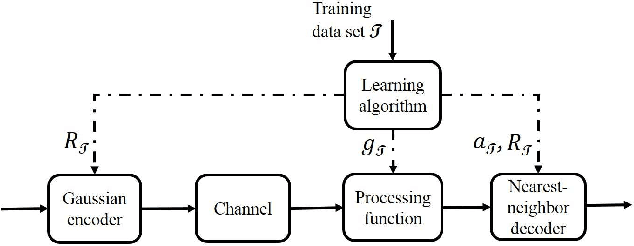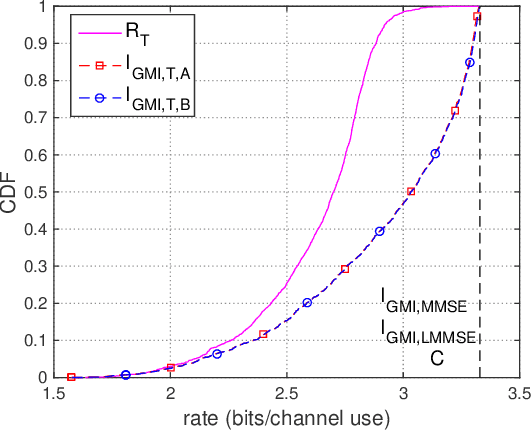Ning Liang
Dual-Tap Optical-Digital Feedforward Equalization Enabling High-Speed Optical Transmission in IM/DD Systems
Feb 02, 2024Abstract:Intensity-modulation and direct-detection (IM/DD) transmission is widely adopted for high-speed optical transmission scenarios due to its cost-effectiveness and simplicity. However, as the data rate increases, the fiber chromatic dispersion (CD) would induce a serious power fading effect, and direct detection could generate inter-symbol interference (ISI). Moreover, the ISI becomes more severe with the increase of fiber length, thereby highly restricting the transmission distance of IM/DD systems. This paper proposes a dual-tap optical-digital feedforward equalization (DT-ODFE) scheme, which could effectively compensate for CD-induced power fading while maintaining low cost and simplicity. A theoretical channel response is formulated for IM/DD transmission, incorporating a dual-tap optical equalizer, and the theoretical analysis reveals that for an IM/DD transmission using 1371nm over 10km standard single-mode fiber (SSMF), frequency notch is removed from 33.7GHz to 46GHz. Simulation results show that the DT- ODFE achieves an SNR gain of 2.3dB over IM/DD systems with symbol-space feedforward equalizer (FFE) alone. As the fiber length increases to 15 km, DT- ODFE performs well, while FFE, decision-feedback equalizer (DFE) and Volterra nonlinear equalizers (VNLE) all fail to compensate for the power fading and the 7% hard-decision FEC limit is not satisfied. For 200 Gb/s/$\lambda$ PAM-4 over 15km SSMF, results show that the signal-to-noise ratio (SNR) of the proposed DT- ODFE with optimal coefficients satisfies the 7% hard-decision FEC limit, which uncovers the great potential of the DT- ODFE for high-speed IM/DD systems in LR/FR scenarios.
A Regression Approach to Certain Information Transmission Problems
Jun 10, 2019



Abstract:A general information transmission model, under independent and identically distributed Gaussian codebook and nearest neighbor decoding rule with processed channel output, is investigated using the performance metric of generalized mutual information. When the encoder and the decoder know the statistical channel model, it is found that the optimal channel output processing function is the conditional expectation operator, thus hinting a potential role of regression, a classical topic in machine learning, for this model. Without utilizing the statistical channel model, a problem formulation inspired by machine learning principles is established, with suitable performance metrics introduced. A data-driven inference algorithm is proposed to solve the problem, and the effectiveness of the algorithm is validated via numerical experiments. Extensions to more general information transmission models are also discussed.
 Add to Chrome
Add to Chrome Add to Firefox
Add to Firefox Add to Edge
Add to Edge